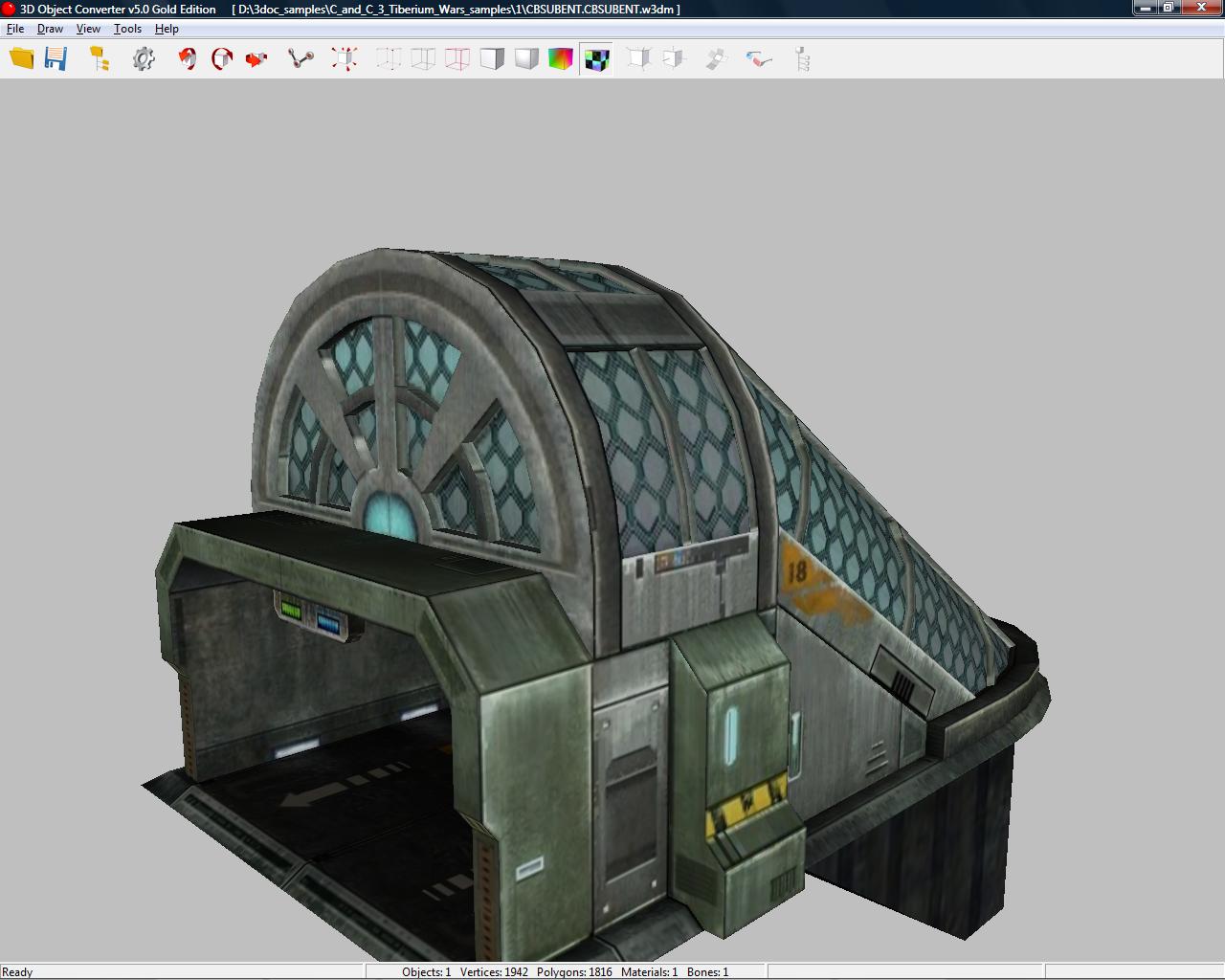
It turns out that an angle-axis value can also be converted to a quaternion value very easily by q.x = sin(0.5*angle) * axis.x The four elements specify rotation and uniform scale, and it happens that if you go in and normalize the vector to unit length, you will get a scale factor of 1.0. That last step would naturally eliminate any non-rotational component to your matrix, so that you once again end up with a pure rotational matrix for the next state.Įuler angles are conceptually nice, however it is a lot of work to do the back and forth conversions.Ī more practical choice is Quaternions ( also), which are four element vectors. You could take the current rotation as an Euler angle vector, convert it to a matrix, apply the rotation (incremental or otherwise), and convert the matrix back to an Euler angle vector. That is because a 3x3 rotation matrix has three times as much data than needed to represent a rotation.Ī more compact way to represent rotations is with Euler Angles, having a minimal 3 value vector. You are right in that updating a raw rotation matrix through incremental rotations will result in the matrix no longer being a pure rotation matrix. There is a relatively straightforward way to convert an angle and a 3d vector representing the axis being rotated around into a rotation matrix.


The two options give slightly different user interactions, which each have their pluses and minuses.

It is probably most intuitive to rotate the object around the axis perpendicular to the current drag direction, either incrementally with each mouse motion, or relative to the drag start position.


 0 kommentar(er)
0 kommentar(er)
